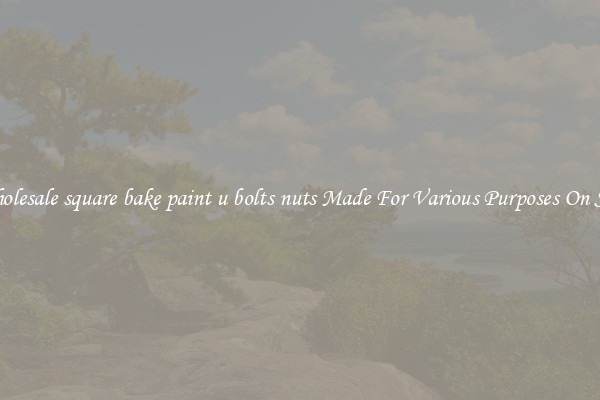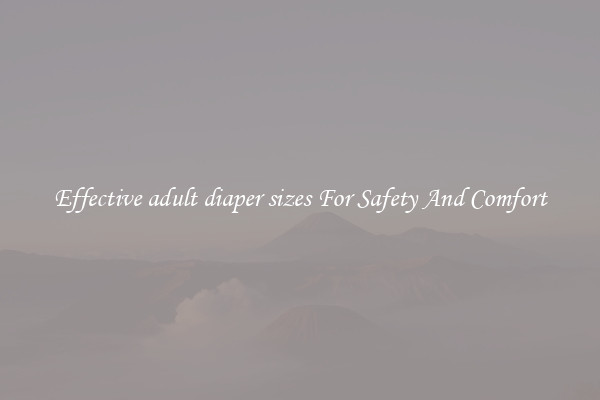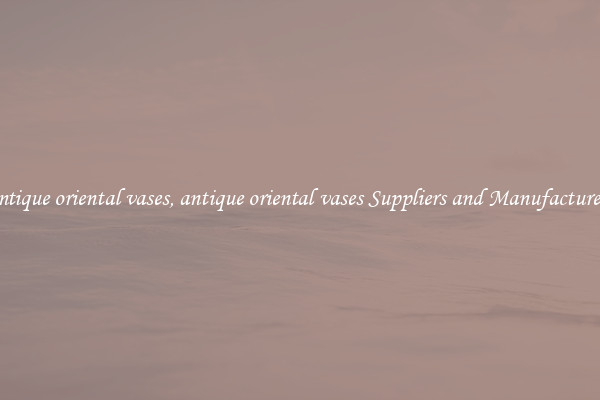Pure and Raw Form environmental fluxes for Welding
Pure and Raw Form Environmental Fluxes for Welding
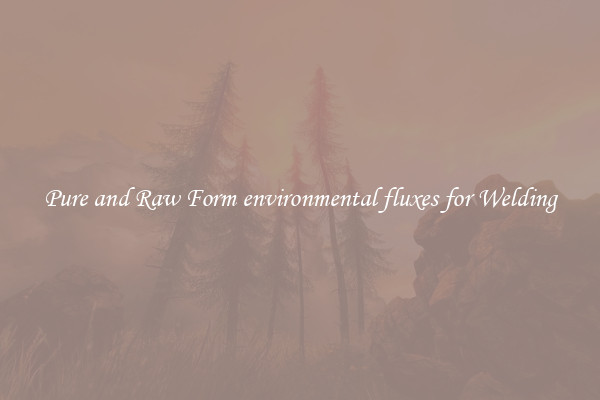
Welding is a widely used process in various industries that involves joining two or more metal pieces together to form a secure and robust bond. However, during the welding process, certain environmental factors can affect the quality and integrity of the weld. To combat these issues, pure and raw form environmental fluxes are used.
Environmental fluxes are substances used in welding processes to protect the molten weld pool from atmospheric contamination. They act as a shielding agent, preventing the harmful effects of oxygen, nitrogen, and other atmospheric gases on the weld. These fluxes are available in both pure and raw forms, each having its unique properties and advantages.
Pure environmental fluxes are made up of refined and processed materials that provide precise and controlled shielding. They are widely used in industries where the utmost precision and high-quality welds are required. Pure fluxes offer superior protection against oxidation and enable better control over the welding process. They eliminate the risk of contamination and ensure a clean and reliable weld.
On the other hand, raw form environmental fluxes are made up of natural and unrefined materials. These fluxes are often used in less critical applications where the level of precision and control is not as crucial. Raw fluxes offer a cost-effective solution while still providing adequate shielding from atmospheric contamination. They are particularly effective in outdoor welding applications, where the weld is exposed to various environmental elements.
The choice between pure and raw fluxes depends on the specific welding requirements and the desired level of precision. Industries such as aerospace, automotive, and nuclear power plants usually opt for pure fluxes to ensure the highest quality and reliability of the weld. On the other hand, industries involved in construction, shipbuilding, and general manufacturing may opt for raw fluxes to strike a balance between cost and performance.
It is essential to consider the environmental conditions and the type of metal being welded when selecting the appropriate flux. Temperature, humidity, and surrounding gases can all impact the welding process. Pure fluxes offer better control and stability in extreme conditions and critical applications, while raw fluxes are more adaptable to varying environmental factors.
In conclusion, pure and raw form environmental fluxes play a vital role in ensuring the integrity and quality of welded joints. They shield the molten weld pool from atmospheric contamination, preventing oxidation and other harmful effects. The choice between pure and raw fluxes depends on the specific welding requirements and the desired level of precision. By selecting the appropriate flux, industries can achieve reliable welds that meet their quality standards, ultimately contributing to the strength and durability of the final product.
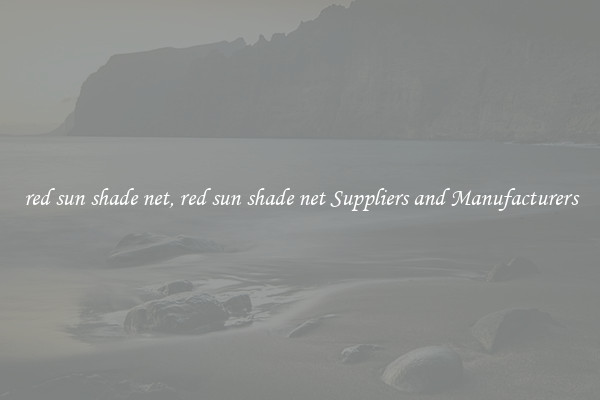
View details

View details
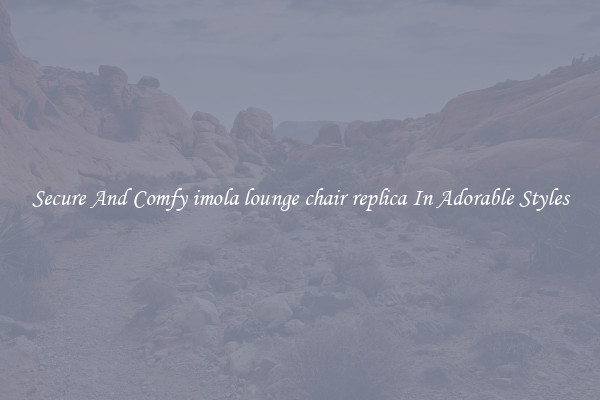
View details

View details

